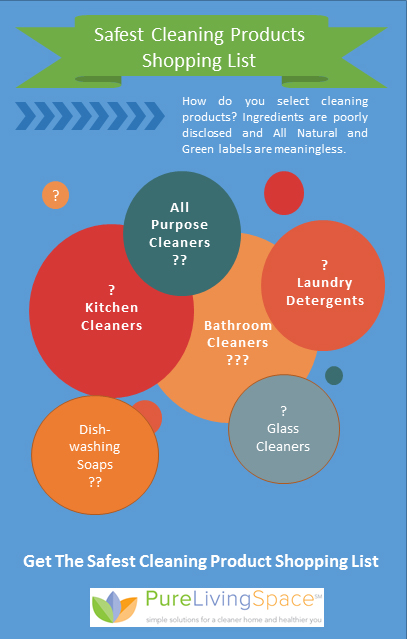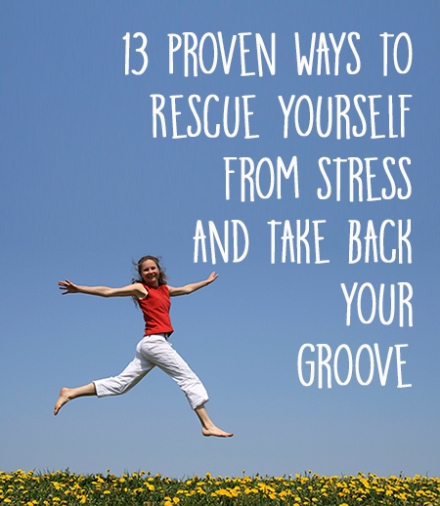
You’re clenching your teeth hard but you don’t even realize it until it’s too late and your jaw is aching and you’ve got a headache. Your life is out of control. You can’t keep up and you can’t see a way out.
Bad things are going to happen—you just know it.
You’re jumpy, irritable and short fused. It’s no wonder you can’t sleep at night. All you can think about is being miserable and all the work that’s piled up and the problems at home that aren’t going away.
You wish you could shake off the unsteady feeling and the sense of doom.
The racing heart isn’t helping you.
Your friends and family seem to be getting tired of listening to your complaints and talking you off the ledge. You can still remember when you weren’t so stressed and wonder how to stop feeling this way.
You can rescue yourself!
Try these 13 tips designed to end stress and restore your groove.
1. Shake & Dance
You’ve got to try this.
It will take only 10 minutes of your time. Turn on some rhythmic music. Begin by shaking your whole body from your feet, through your knees, hips and shoulders and to your chest. Shake strongly. Let your shoulders relax, your jaw hang open and your head go.
Do this for 5 minutes. You’ll feel silly but don’t stop or slow down.
Then stop. Pay attention to your breathing and body. Take deep belly breaths for 1-2 minutes.
Next, turn up the music for dancing. Dance freely for 3-5 minutes. Try to select an upbeat song. Finally, relax for a few minutes at the end.
Be honest. You’re not sure about this one.
But, shaking and dancing will fix your stress problem! To read more about this, check out “Unstuck-Your Guide to the Seven Stage Journey Out of Depression” by James S. Gordon, MD. You’ll be glad you did.
2. Form Victory Arms
You’ll like this easy one.
It’s a great stress rescue and takes only a minute. You can try it right now. Extend your arms over your head in the shape of a V and form V’s with your fingers.
Smile.
Sense the change in your body (all sorts of good physiological things are happening to you right now!). You feel better already, right?
You can use this as a rescue when your boss says something unpleasant or you’ve burned dinner, again, or you’re late and stuck in traffic. It works.
3. Journal with Your Non-Dominant Hand
This one is great if you’re stuck in a thought and can’t seem to get out of the “do loop”.
Pick up a pad and a pen and begin to journal with your non-dominant hand.
Yes, it’s hard but don’t worry about whether it’s legible.
The purpose is to write about what comes to mind not worrying too much about the topic or flow. Using your non-dominant hand means that you’re tapping into a different part of your brain. You’ll be surprised at what comes up for you.
And, when it’s complete, you’ll feel better.
4. Look at Baby Animal Pictures
This one may seem a bit weird, but if you’re feeling stressed AND angry, it’s for you. Google baby animal pictures and take a look. Try baby giraffes, koalas, bears, monkeys and goats. Puppies and kittens are also effective.
Why does this work?
It’s impossible to feel stressed and angry when you are feeling compassion and love. It’s that simple.
What are you waiting for?
5. Try Laughter Yoga
You probably know that laughing is a good stress reducer, but you don’t have anything to laugh about.
Or do you? Try Laughter Yoga. Yes, it’s a real thing. Google it and give it a try.
Laughter Yoga is a practice involving prolonged voluntary laughter. Even though it’s voluntary, you still benefit from the same physiological and psychological benefits as spontaneous laughter.
You may even start laughing spontaneously when you watch the videos of people practicing this form of yoga.
So, you don’t have anything to lose, right?
6. Sing Loud
You’ve probably practiced this one before without knowing it. Singing at the top of your lungs is great for reducing stress. It helps reset your nervous system.
Give it a try.
Your car or shower are great places to belt it out. See if you feel more relaxed afterward.
7. Think About Rule Number 6
Occasionally, you need a gentle reminder to relax which is what Rule Number 6 is all about. Rule Number 6 is simple.
Don’t Take Yourself So Damn Seriously.
And, what about Rules 1-5? There are no other rules.
You may want to place some post-it notes on your computer monitor or your mirror. It helps.
8. Try Alternate Nostril Breathing
You’ve probably read lots of ways to reduce stress by breathing.
Have you tried alternate nostril breathing? Didn’t think so.
Here’s how you do it.
While sitting comfortably, place the tip of the index finger and middle finger of your right hand in between the eyebrows, the ring finger and little finger on the left nostril and the thumb on the right nostril. You will use the ring finger and little finger to open or close the left nostril and thumb for the right nostril.
You’ve just completed the hardest part. The rest is easy.
Now press your thumb down on the right nostril and breathe out gently through the left nostril. Now breathe in from the left nostril and then press the left nostril gently with the ring finger and little finger. So, basically, you’re breathing in from one nostril and out through the other. After every exhale, breathe in from the same nostril. Use slow, smooth breaths without force or effort. There are some good videos online if you need help.
Complete 9 rounds. You’ll notice a difference.
9. Get Outside & Find Something New
You know how much better you feel when you’ve been in nature. You can use this when you’re feeling stressed.
It’s simple. Step outside and find three things you’ve never noticed before. You may notice how delicate the leaves are on a plant or you may hear the chatter of the squirrels. Simply noticing will have a magical effect.
After a while, you’ll also notice that you’ve broken the spell you’ve been under, which is a good thing.
10. Turn on Your Compassion
This one is a real winner when your stress is caused by frustration with others. You simply remind yourself that “everyone is doing the best that they can with their current level of awareness, skills and knowledge”.
Why does this work?
It creates more compassionate thoughts about others, so you can relax.
If you think about it, awareness, skills and knowledge covers just about everything, so you’ll be hard pressed to find a situation where this doesn’t apply.
So, if you are feeling stressed because someone is working against you, then remember that they lack awareness and are doing their best with the awareness that they have. If they had better awareness, then they wouldn’t be thwarting your efforts, right?
Give it a try.
And, try strategically placed post-it notes with the acronym ASK (awareness, skills, knowledge) as a reminder.
11. Soothe With Healing Music
Sometimes the best thing to do when you’re stressed is to plug-in your ear buds and listen to some tunes.
For something new and different, try Chakra Chants by Jonathan Goldman. It won an award for the Best Healing-Meditation Album and you’ll see why.
You cannot be stressed while listening to this music.
Period.
12. Picture Yourself Safe & Calm
If you’re anxious about a meeting or confrontation, try visualizing yourself surrounded by a protective covering. It could be an egg protecting you or a bright soothing light that is impenetrable. Whatever works best for you.
Can you picture yourself handling that difficult situation better now? After all, you’re nicely protected.
You’re all set, right?
13. Talk Back to Your Negative Thoughts
This last one is your key to your future well-being. You can read more about this in Dr. Amen’s book called Magnificent Mind at Any Age. In his book, Dr. Amen describes ANTS or automatic negative thoughts.
You and everybody you know has negative thoughts. The problem occurs when you have too many, unrelenting negative thoughts. These thoughts can rob you of your joy in life.
You’ve noticed that these ANTS tend to multiple, right? It’s okay because you can get rid of them with just a bit of work and the right tools.
Here’s what Dr. Amen recommends:
When you feel nervous, sad, or mad, write out the automatic negative thoughts in your mind. Evaluate whether or not they are true. If they are not true (and so often they aren’t), then talk back to them. You do not have to believe or accept every thought you have.
Thoughts lie.
You’re probably thinking that you cannot stop all the thoughts, which is true, but think about this quote.
“You can’t empty your mind of thoughts. You might as well try to empty the ocean of its water. Thoughts just keep coming back, it seems. That’s the way of it. But thoughts aren’t a problem if they’re met with understanding.” Byron Katie
So how do you meet your thoughts with understanding?
Pick up a pen, piece of paper and start talking back.
And, by doing so, you will reclaim your thoughts and your life…and get your groove back.
One Parting Quote
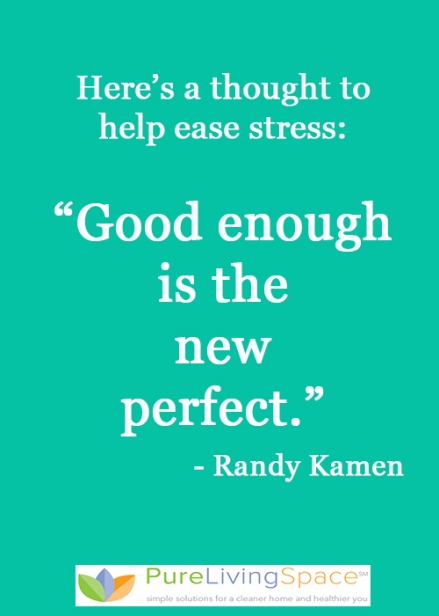
——————————————————————————————————————————–
Can We Continue To See Each Other?
Please excuse this outbreak, but can we stay in touch?
We will send you only the best content.
Subscribe!
Subscribe today and get a free printable shopping list of “The Safest Cleaning Products”
——————————————————————————————————————————–
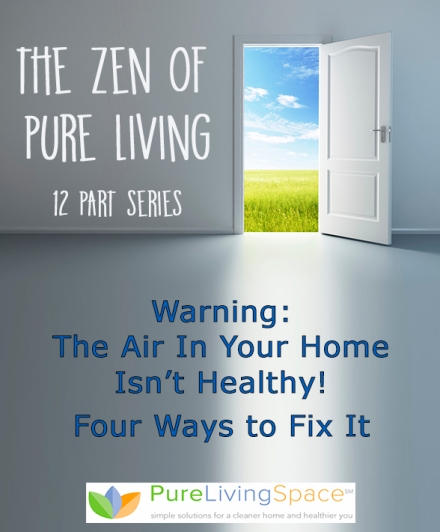

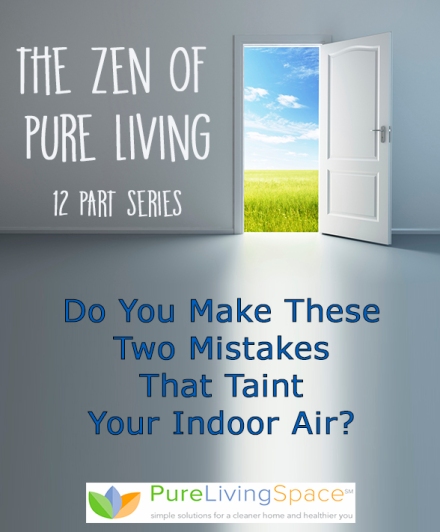

 story.
story.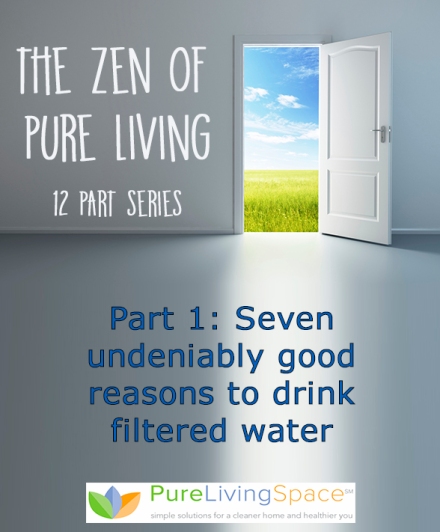
 Seven Undeniably Good Reasons to Drink Filtered Water
Seven Undeniably Good Reasons to Drink Filtered Water

